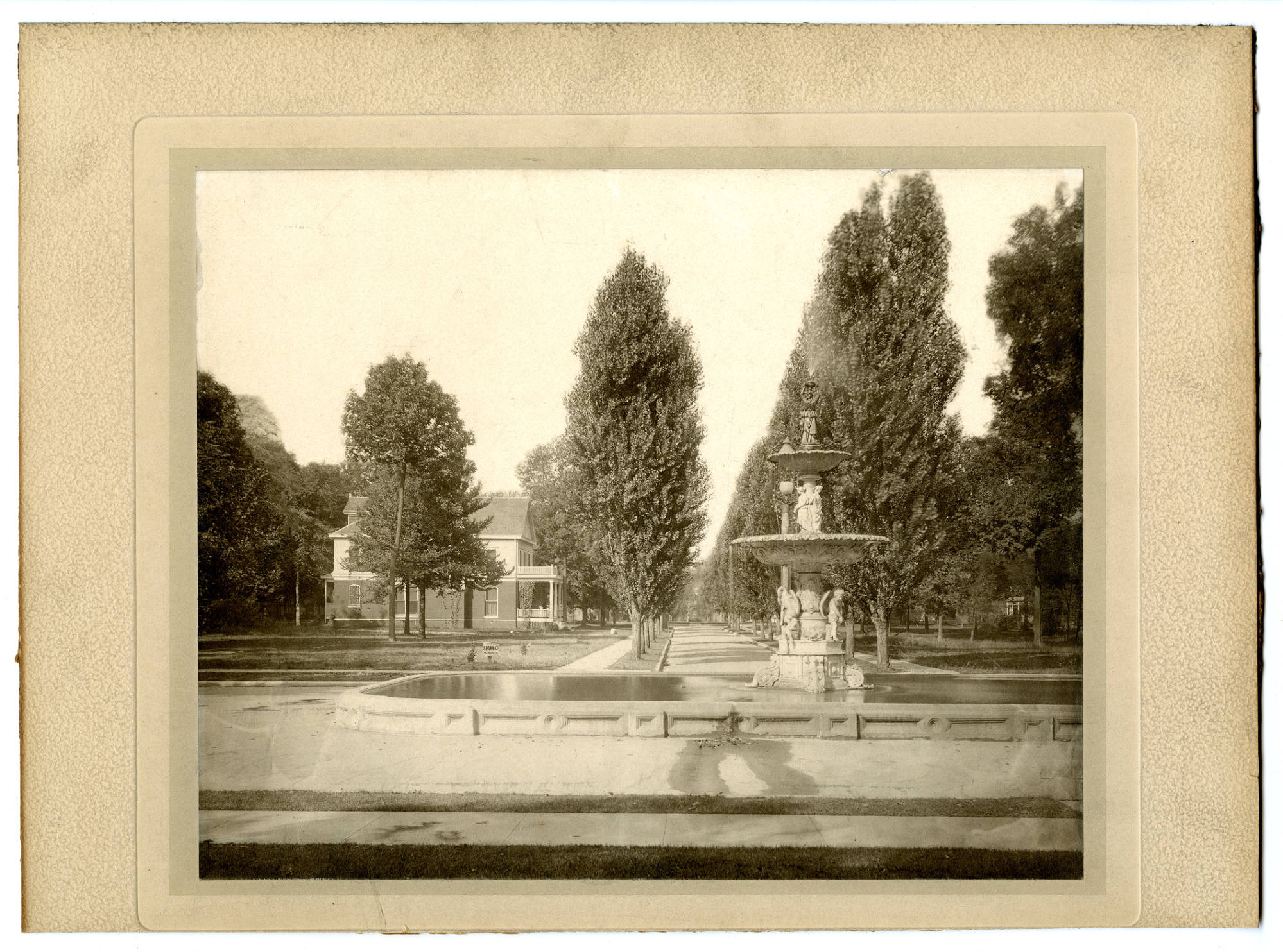On Sept. 18, 1953, residents of Woodruff Place were invited to attend a town hall meeting via a flyer proclaiming that “time is of the essence.” The flyer – a copy of which can be found in the Small Broadsides Collection at the Indiana State Library – provides a glimpse into the hard-fought battle that ultimately resulted in the annexation of Woodruff Place into the city of Indianapolis.
Now a near-east side neighborhood, the town was established in the 1870s by James O. Woodruff, best known for creating the city’s water system, and it remained an independent town within city limits after it was incorporated in 1876. Councilman J. Wesley Brown introduced the annexation ordinance multiple times in 1953 before it was passed in September, but it was formally enacted only after nine years of protests and legal battles. The final blow to resistant Woodruff Place residents came in February 1962 after the Supreme Court decided not to review the case, the next logical step after the Indiana Supreme Court upheld the annexation the previous year. At the time of annexation, it comprised around 1,700 residents.
The reason for annexation cited by the city was the need for Woodruff Place residents to pay their share of taxes, though the incorporated town did already pay the city fees for trash, sewage, education, police, fire and the General Hospital. Residents cited concerns over losing zoning power – which was eventually addressed – amid increased industrialization of the surrounding area and control over the features that typified the area, such as the iconic fountains. The debate was often heated, with one resident in the Sept. 4, 1960 issue of the Indianapolis Star comparing the city’s views on their right to annex Woodruff Place to “what the Russians think about the people of Hungary.” The press could also be critical of Woodruff Place in turn. In an Indianapolis Star op-ed supporting annexation in Oct. 22, 1953, for instance, the author likened the city to a Roman town, referring to both as “tombs of entanglement.”

One of the fountains in Woodruff Place. From the Indiana State Library’s Oversize General Photograph Collection.
In 1954, amid a drastic increase in service fees levied after annexation was initially challenged by residents, the town agreed only to pay for fire and for a period the city was only served by county sheriff’s office. Later, after it was determined that the Indianapolis treasury could not be used to fight the legal battle, Woodruff Place residents raised the money via donations from both resident homeowners and renters. This fund was referred to as a “War Fund” in the press.
With many residents now only ever knowing Woodruff Place as a charming neighborhood, it is now perhaps best know for its flea market, which has taken place the first week of June as a neighborhood fundraiser since 1975.
This post was written by Victoria Duncan, Rare Books and Manuscripts supervisor.

